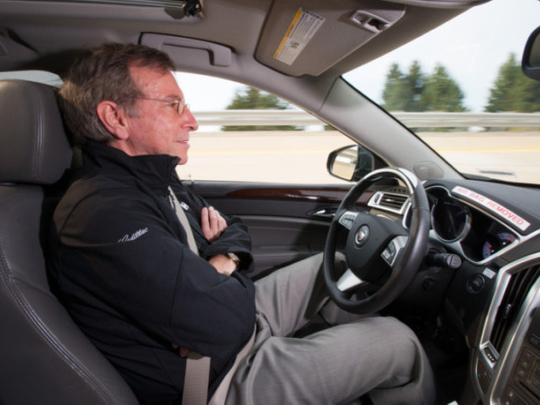
The decline of Detroit has already filled history books. After its heyday in the 1970s and 1980s, the American automobile industry was hit hard by the recession that started mid-1990 and culminated in the 2007-08 global financial crisis, and subsequently by what has been dubbed the US automotive crisis of 2008-2010.
This crisis was a combination of events and developments involving rising oil prices, the September 11 attacks, the stock market slump, expensive credit and shrinking consumer purchasing power combined with the rising unaffordability of gas-guzzling cars that had till that point dominated manufacturers’ product ranges.
A time for change
The near-collapse of General Motors and Chrysler in 2009 and the subsequent expensive government bailout was a wake-up call for the entire industry, which then adopted marketing and production strategies from their European and East Asian peers.
After a massive clean-up of their product and brand portfolios, the Big Three — Ford, General Motors and Chrysler — resorted to taking environmental expectations and changing product demands seriously. Factories were retooled with government loans to meet new fuel-efficiency standards as Americans stopped buying big cars, and product development and manufacturing cycles were revamped.
“Productivity in US car plants today is 39 per cent higher than it was in 2000,” says Kristin Dziczek, Director, US Centre for Automotive Research. “Not only this, it has also never been this high.”
Besides a broad reduction in gas consumption, US carmakers have also embarked on an innovation drive unseen before in the industry. Gone are the days when huge V8 engines ran barely modified for decades in several product cycles, and one drivetrain plus platform were used for a great number of badged brands and sub-brands within a manufacturer’s product range. Today, the Big Three invest billions of dollars in innovative strategies, which they see being deployed in the factories of their European and East Asian competitors.
“It’s really brick-and-mortar time again,” says Michael Robinet, Managing Director for US auto market research firm IHS Automotive.
What lies ahead
Even in the Middle East, traditional ly a playground for US gas guzzlers, the sentiment has changed. Mahmud, owner of Luxury Cars Trading in Abu Shagara, Sharjah, is the last remaining dealer for the phased-out five-metre-plus full-size limousines Ford Crown Victoria and Mercury Grand Marquis. These iconic cars represent the better days of America’s individual transport and have long been used as the classic New York taxi cab.
Mahmud says, “Today customers ask for fuel economy and innovative technologies, which, unfortunately, are unavailable in our cars whose product cycles date back to 1992.”







